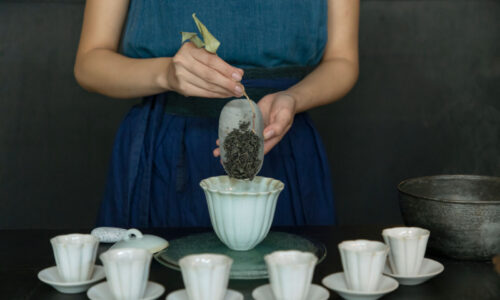
“Temporal art” savored at Kashiya Kokonotsu (1st half)
2019.11.15 Rediscovering TeaINTERVIEW
- Fermented Tea
- Red Tea
- Tokyo
Construction on the Hillside Terrace complex originally began in 1967, and it is safe to say that it has had a profound effect on Tokyo’s Daikanyama neighborhood over the years. It is inside this venerable building that The Conran Shop—a London-based furniture and lifestyle store first established by Terence Conran in 1973—opened a new Tokyo location on April 29th of this year in honor of the company’s 50th anniversary.
Typically in Japan, The Conran Shop’s stores are located inside larger commercial buildings, such as Shinjuku Park Tower, Isetan Shinjuku, the Shin-Marunouchi Building, Kobe Hankyu (Hyogo Prefecture), and Iwataya’s flagship store in Fukuoka. However, this marks the first time that The Conran Shop has occupied an actual street-front location. This apparently originated as a proposal from Shinichiro Nakahara, who was appointed to the role of president for The Conran Shop Japan in April 2022.
“Typically, The Conran Shop has been located in much larger commercial buildings, so we wanted to open a street-front store that we could make into our own unique space. I actually thought to myself, ‘Wouldn’t it be nice if we could open a store inside Hillside Terrace?’ on many an occasion,” says Nakahara.
“The moment I assumed the role of president, I paid a visit to the Hillside Terrace owners, and there just so happened to be an opening in the building. I had no idea if I could even take on such an endeavor so soon after getting the job, but I ended up giving a presentation on what we wanted to do with the space, and things took off from there.”
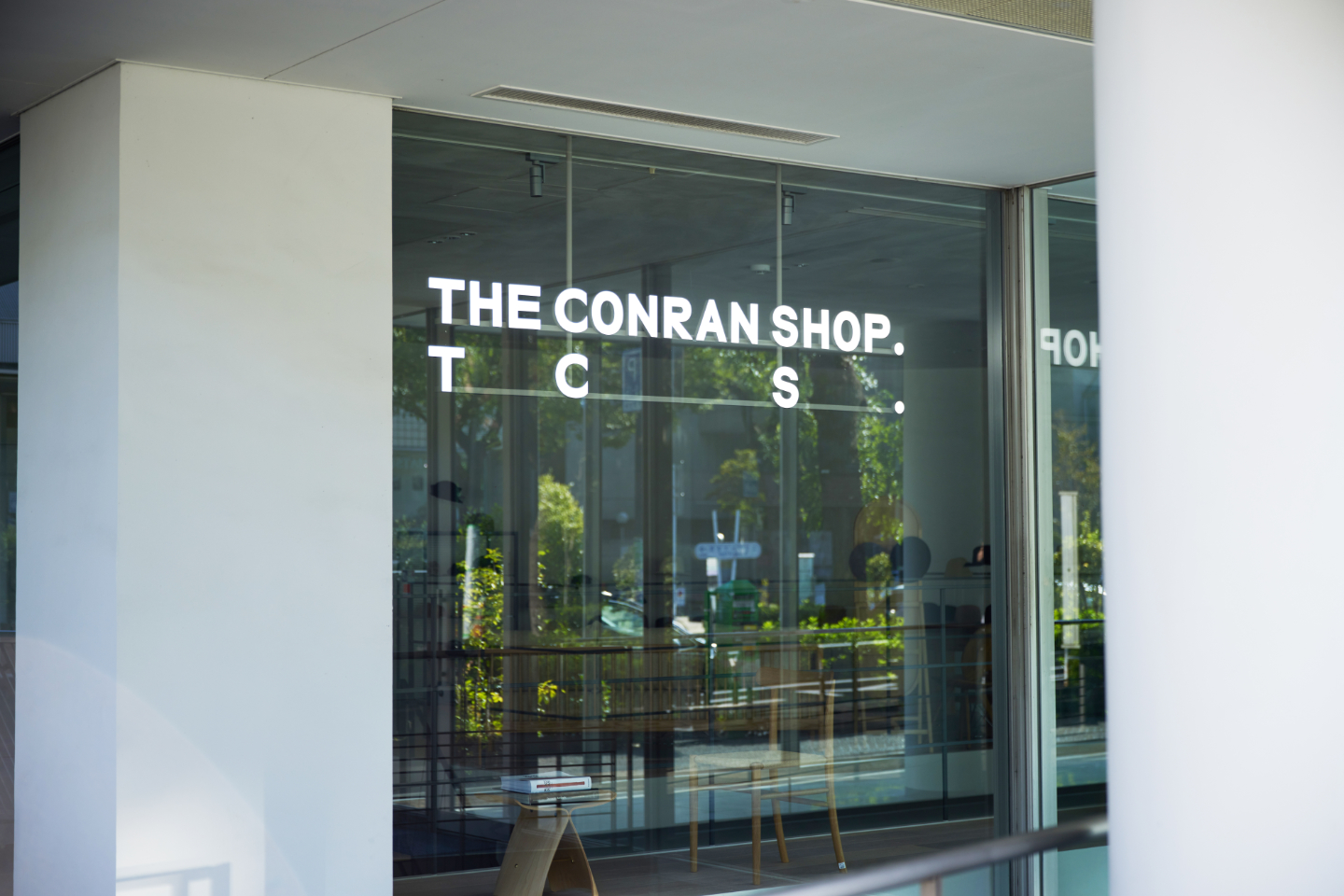
Those efforts resulted in the creation of the first-ever “locally edited” store for The Conran Shop, which is a London-based furniture and lifestyle store with locations all over the world. Using “Asia” as a unifying theme, Nakahara and staff members from the Daikanyama shop visited countries across the continent to carefully select a variety of unique interior and lifestyle goods. Currently throughout Asia, the art of time-honored craftsmanship is being combined with the latest trends in order to produce all kinds of interesting designs.
In an effort to complement the store’s theme, a new tea space was constructed within The Conran Shop. Its name is Chokeikyo. I recently visited the store, which welcomes countless visitors to Daikanyama from its location in the basement floor of the building.
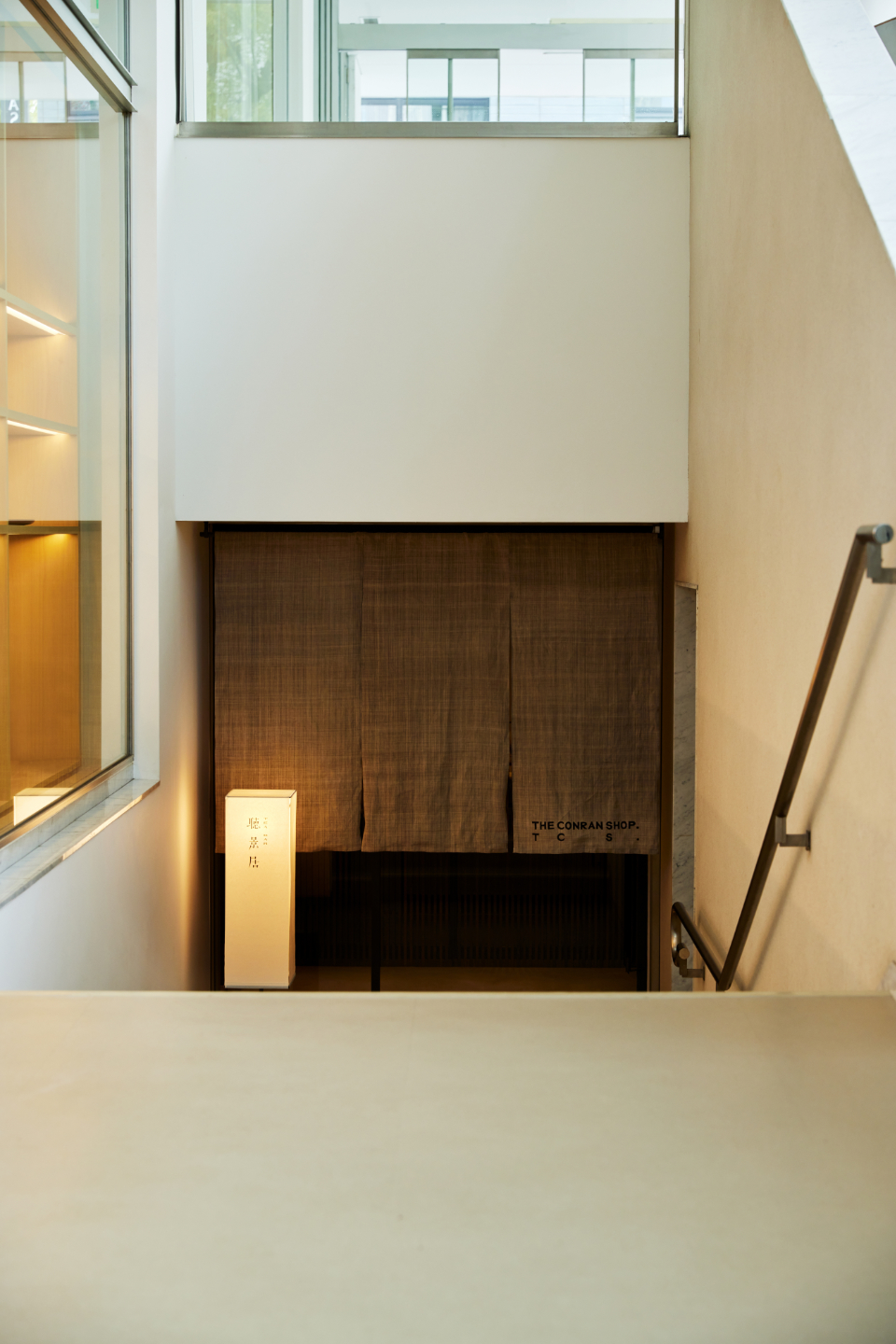
“It was a struggle trying to decide whether to give the tea bar a Japanese name or an English one, but I figured a Japanese name would help create a better sense of attachment to Japan,” explained Nakahara on how the tea bar got its name.
“It has been nearly 30 years since The Conran Shop opened its first location in Japan, and while I was pondering how we could incorporate Japanese culture into this new shop, I recalled the Chochikukyo house in Kyoto. I absolutely adore that building. It was a showcase of very traditional Japanese architecture at a time when Western influences were pouring into the country. Additionally, I wanted to pay special attention to the aromas of the store. People here often say that you should “listen” to smells, and I think that’s an excellent way to put it when trying to explain Japanese sensitivities to foreigners. I suppose “Chokeikyo” is pretty difficult for foreigners to pronounce, but I think that’s part of its appeal. Also, when thinking of a word to describe interior design, we decided to use the word “keshiki” (scenery). It might sound strange to say “listen” to the “scenery” when you consider our tea shop’s name, but we really wanted to emphasize the overall concept we were aiming for with the store.
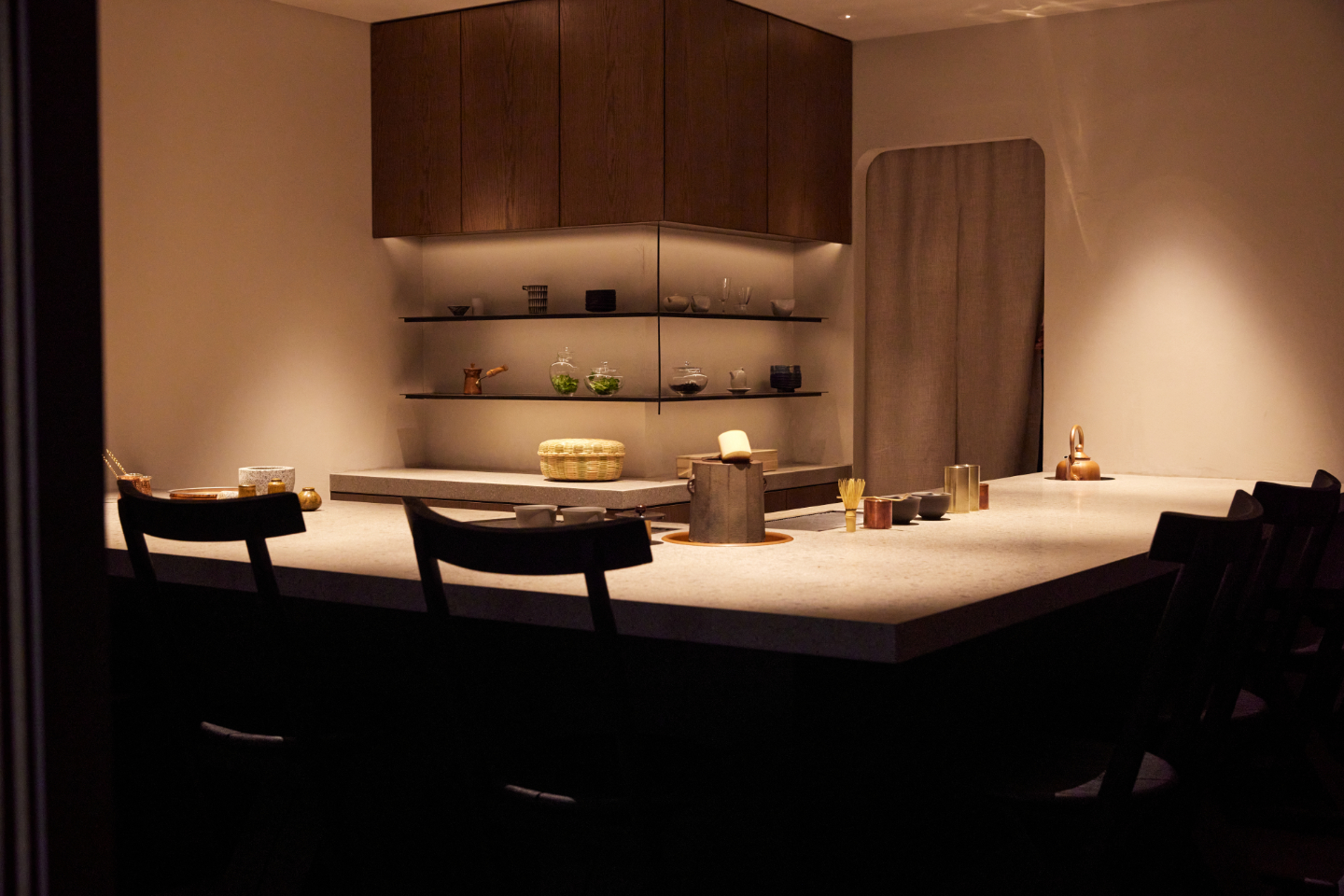
On the menu at Chokeikyo is a list of words indicating different types of tea, such as cha, thé, chai, and tea.
“Cha” covers various teas that are traditionally brewed using Japanese tea leaves and hot water, including ryokucha (green tea), gyokuro (refined green tea), hojicha (roasted green tea), oolong tea, black tea, dark tea, and matcha.
Under the “thé” section, the menu simply states “black tea and spices,” forcing customers to consider what kind of concoction awaits them. Even more fascinating is that rather than traditional tea utensils such as a teapot—whether it be Japanese or western—the tea is made with items that are used to make Turkish coffee. Eager to taste this mysterious “thé” for myself, I order a cup.
The tea leaves are from black tea that is grown in Okinawa. They then take the tea and brew it with a variety of spices, including cinnamon, cardamom, and anise.
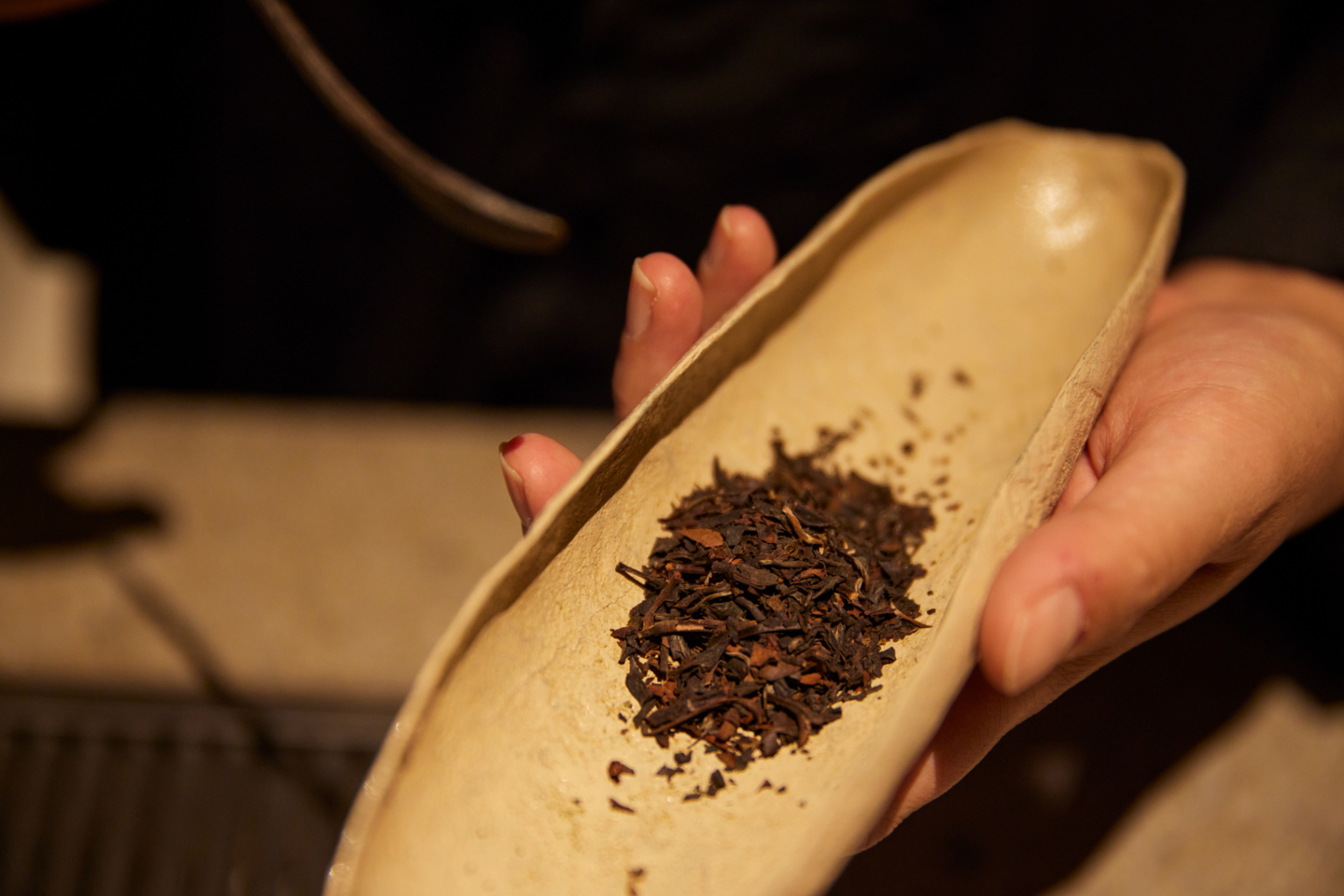
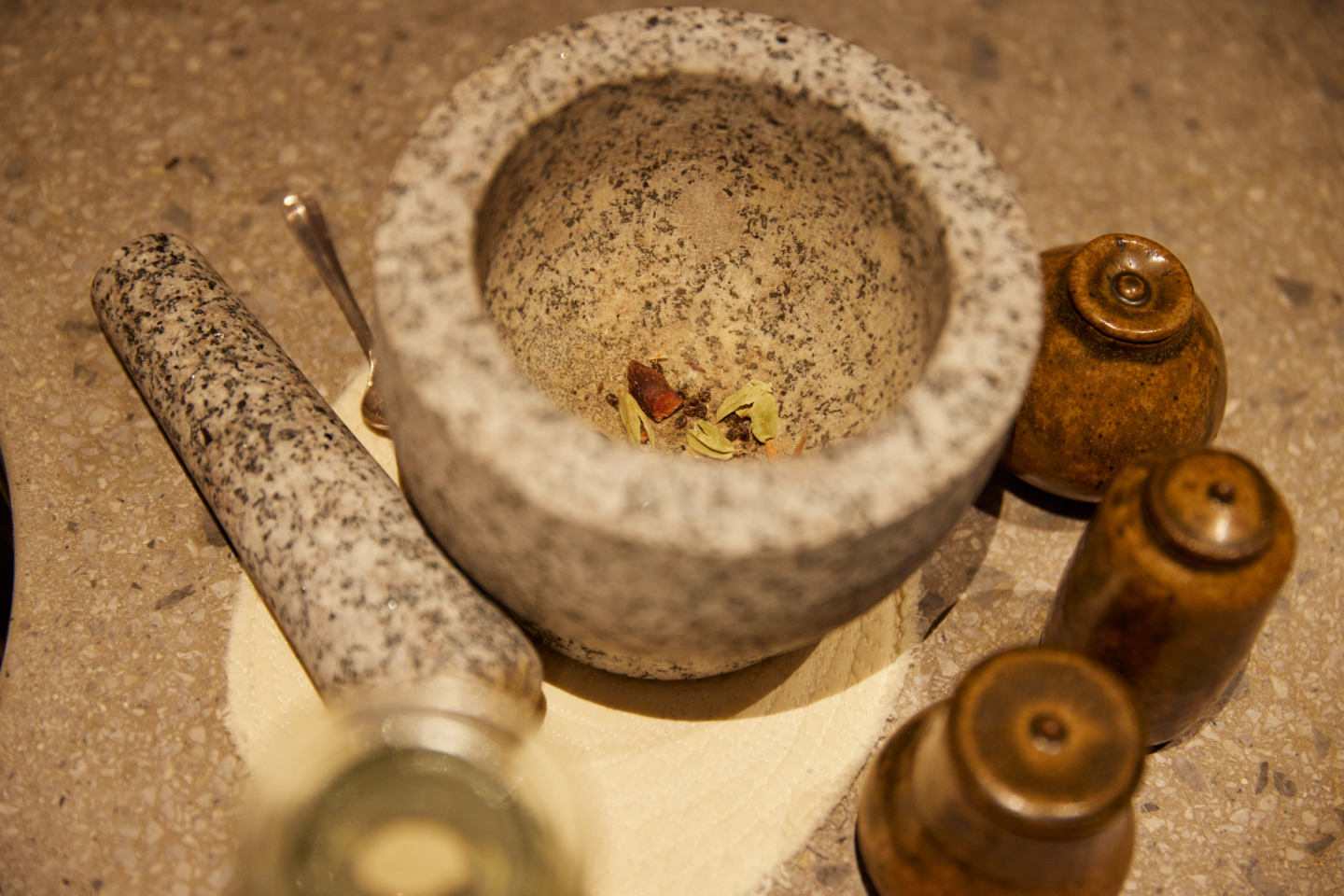
The spices are ground and mixed with the tea leaves right in front of you, causing the aromatic scent of the various spices to fill the air. Interestingly, the mortar and pestle used are the kind known as a “krok hin” in Thai cooking.
The tea leaves and spices are then mixed with hot water in a small pot used to brew Turkish coffee known as an ibrik (also called a cezve), which looks somewhat like a ladle in appearance. The pot is then slowly turned while it is heated in a pan filled with hot sand.
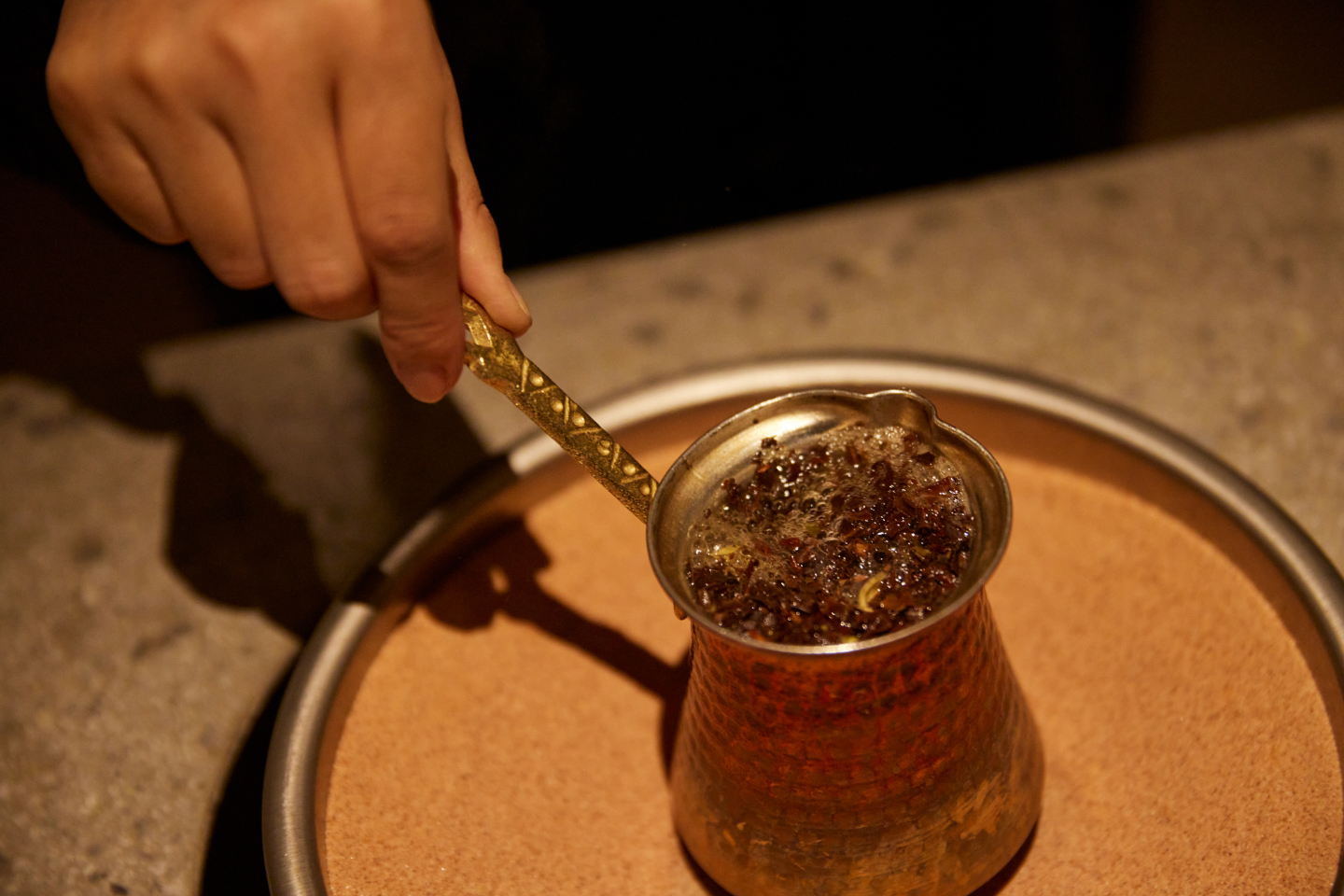
The ibrik swirls about in the sand. Just when it seems nothing is happening, the tea suddenly starts to boil. The ibrik is quickly removed from the sand, and the thé is transferred to a Chinese-style teapot.
The tea in my cup gave off a strong, underlying aroma of black tea that more than held its own with the variety of spices.
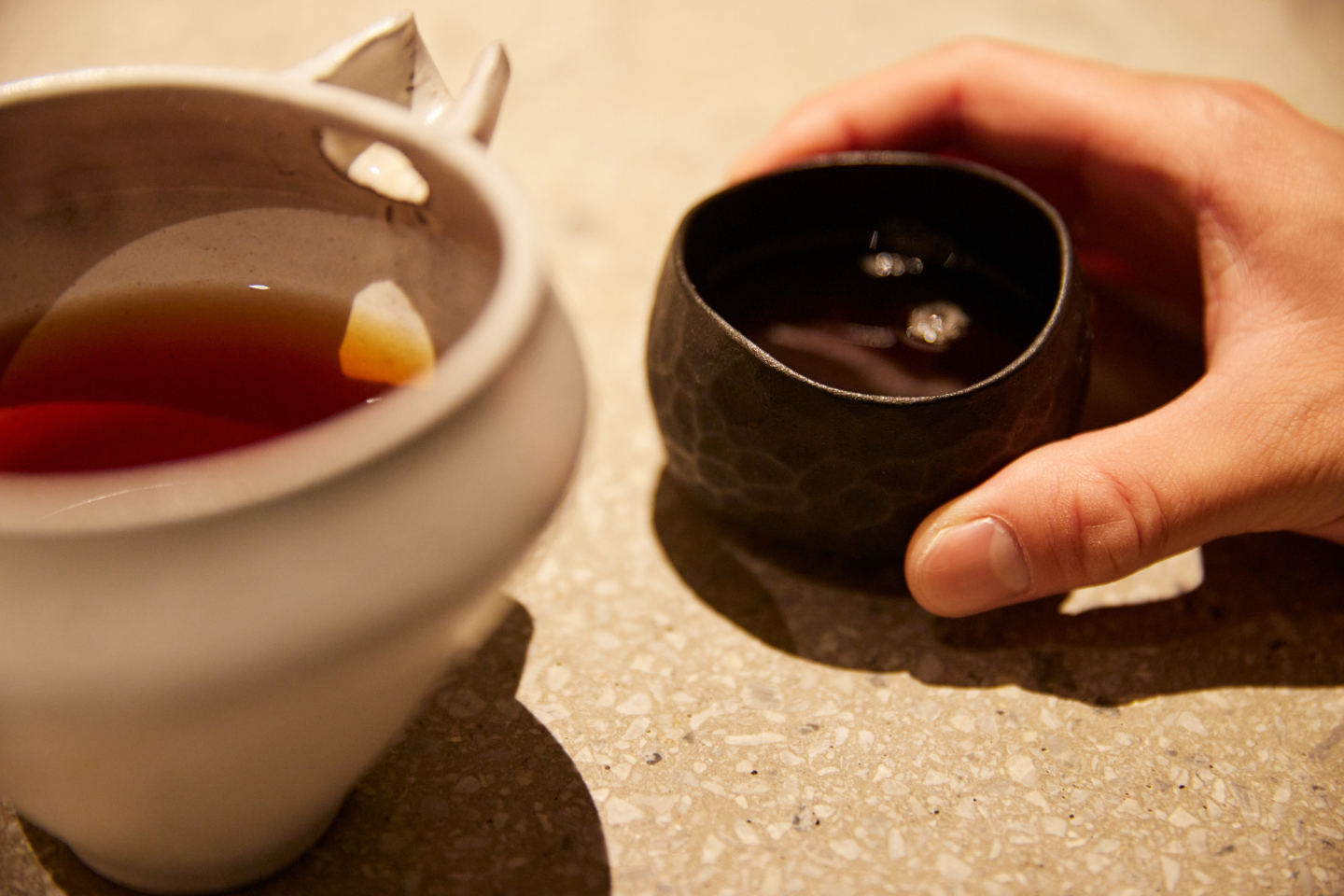
It is an experience entirely different from Japanese tea, regular black tea, and, of course, coffee. By the time the tea was poured into my cup, it had become deeply imbued with flavor.
Looking back over the menu, the next item that catches my eye is “Chai: Chokeikyo Blend.”
At first, I assumed it was the typical milk tea from India that everyone is familiar with, but I was mistaken. There is no milk used whatsoever, and the blend features Japan-grown black tea, hojicha, and other assorted ingredients, including burdock root, tangerine peel, ginger, and Japanese pepper.
This signature blend is also packaged and sold as a blended tea, but here in the shop, it is mixed together with spices and brewed right before your eyes much like the aforementioned thé.
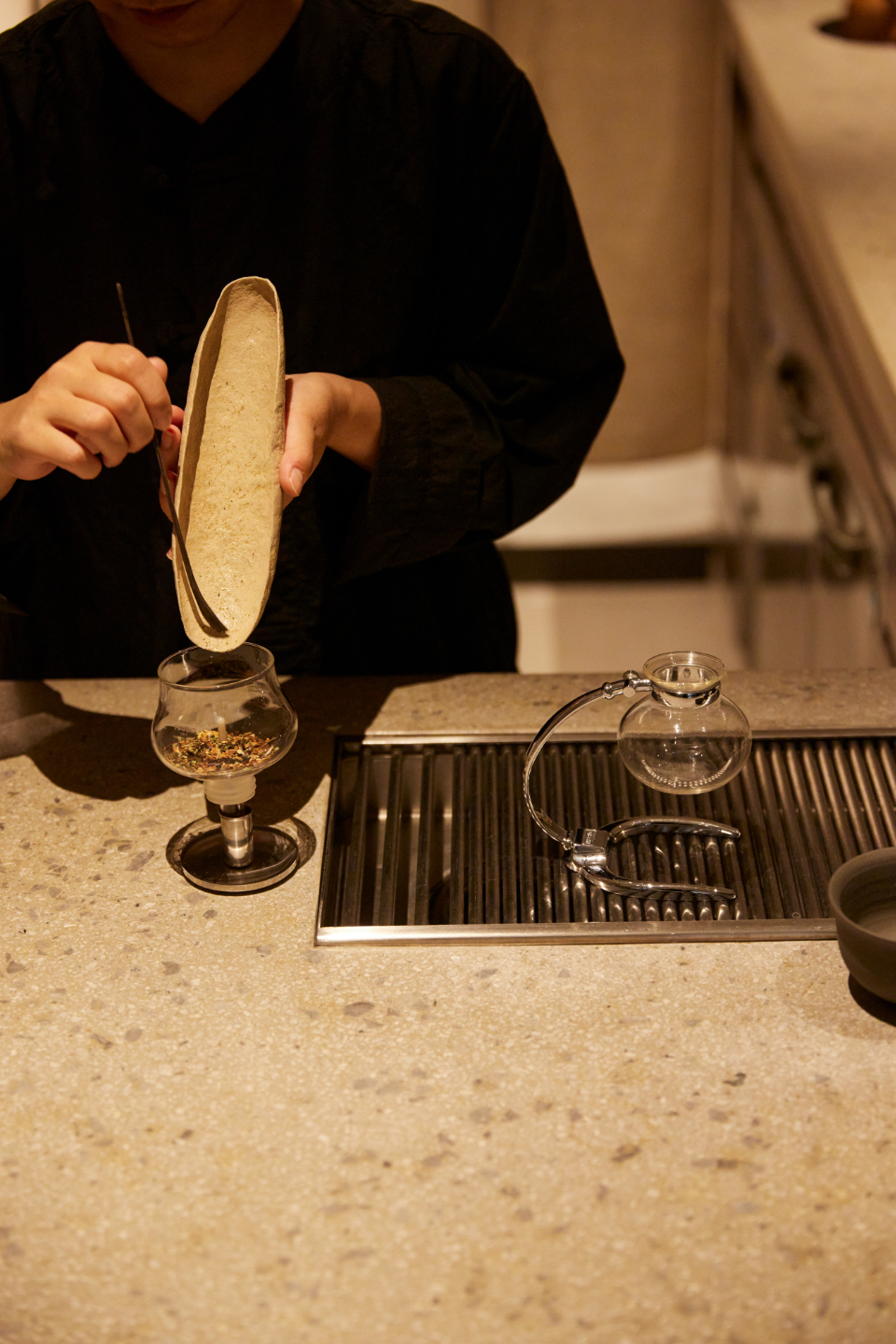
Just like before, cinnamon, cardamom, and cloves are ground using the krok hin. Then, the tea leaf blend is added and poured into a siphon, which is actually a coffee extraction device that you would usually find in a coffee shop. Much like coffee, the chai brewed from the siphon is a rich, amber-colored liquid.
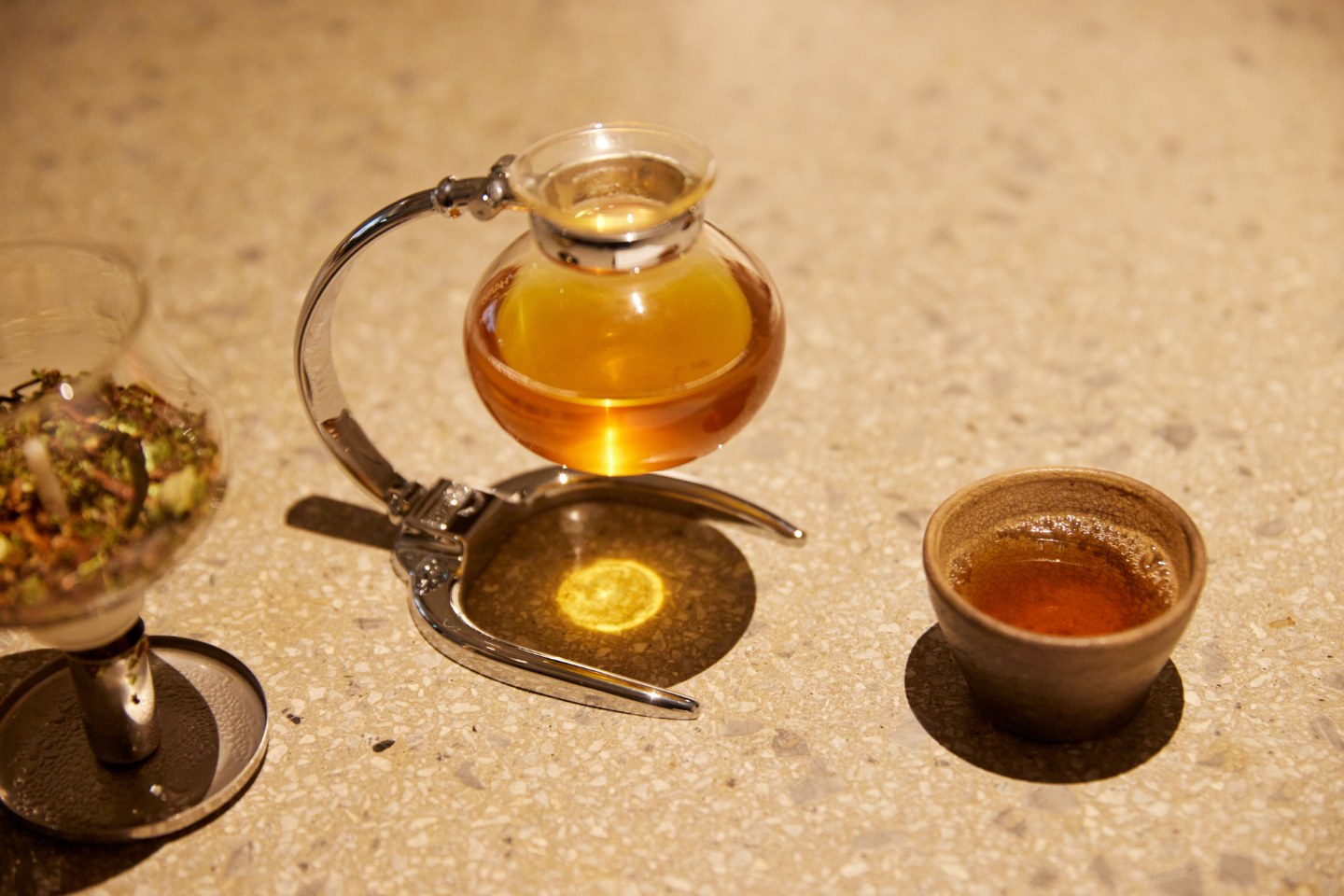
The comforting aroma encourages you to take deep, soothing breaths. Meanwhile, the taste of the burdock root also contains an unexpectedly piquant quality. As you enjoy the exotic spices mixed with the familiar Japanese flavors, your entire body takes on a pleasant, warming sensation.
The whole experience makes you feel as if you have been transported to the Silk Road, which is all the more amazing when you consider that it’s occurring in such a small space with only about eight seats. I find it equally surprising that a tea that is steeped in so much mystery makes it a point to utilize tea leaves grown in Japan. This tea impressed me with its depth and perfection as it highlights this new entry to The Conran Shop’s dedication to an Asian theme.
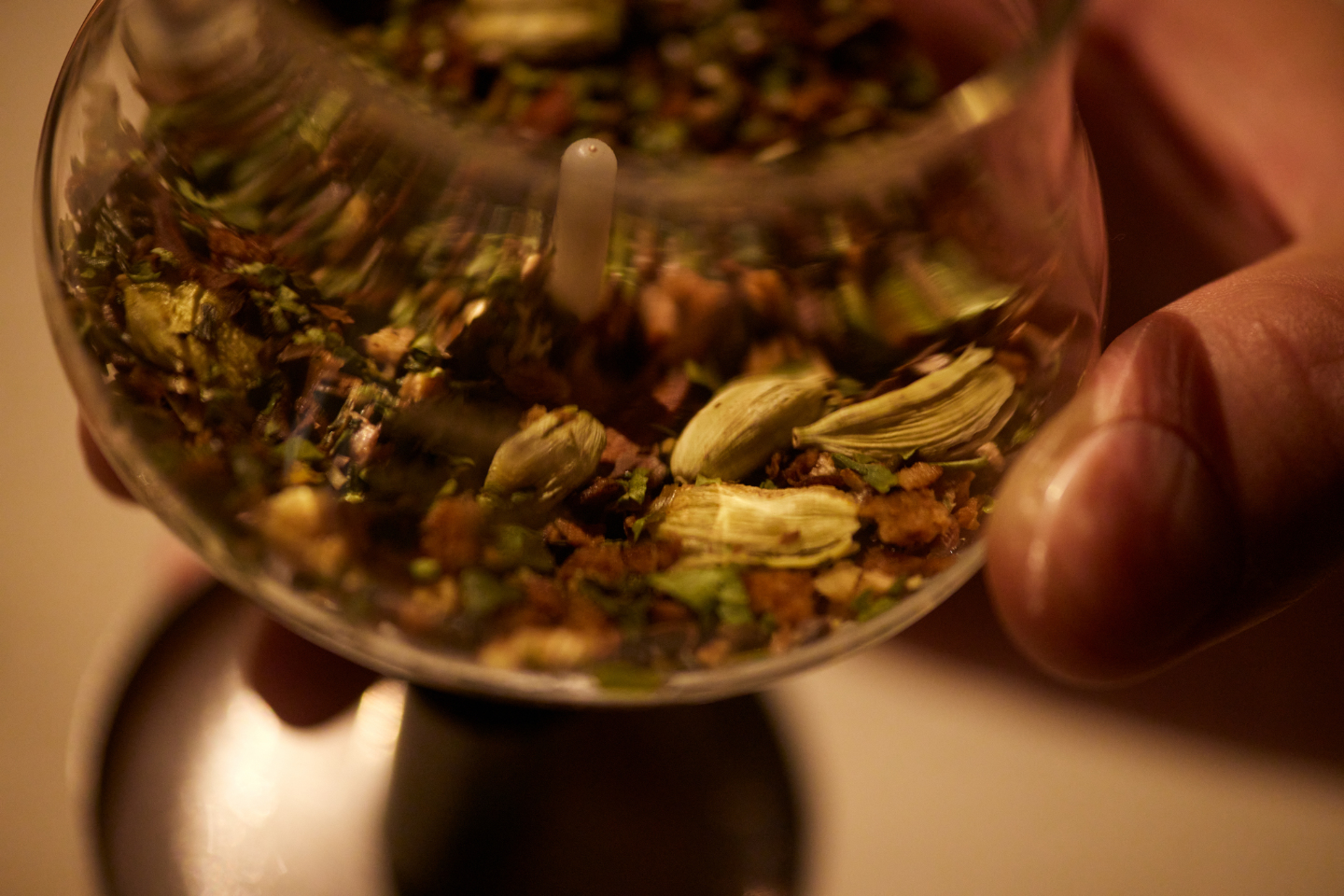
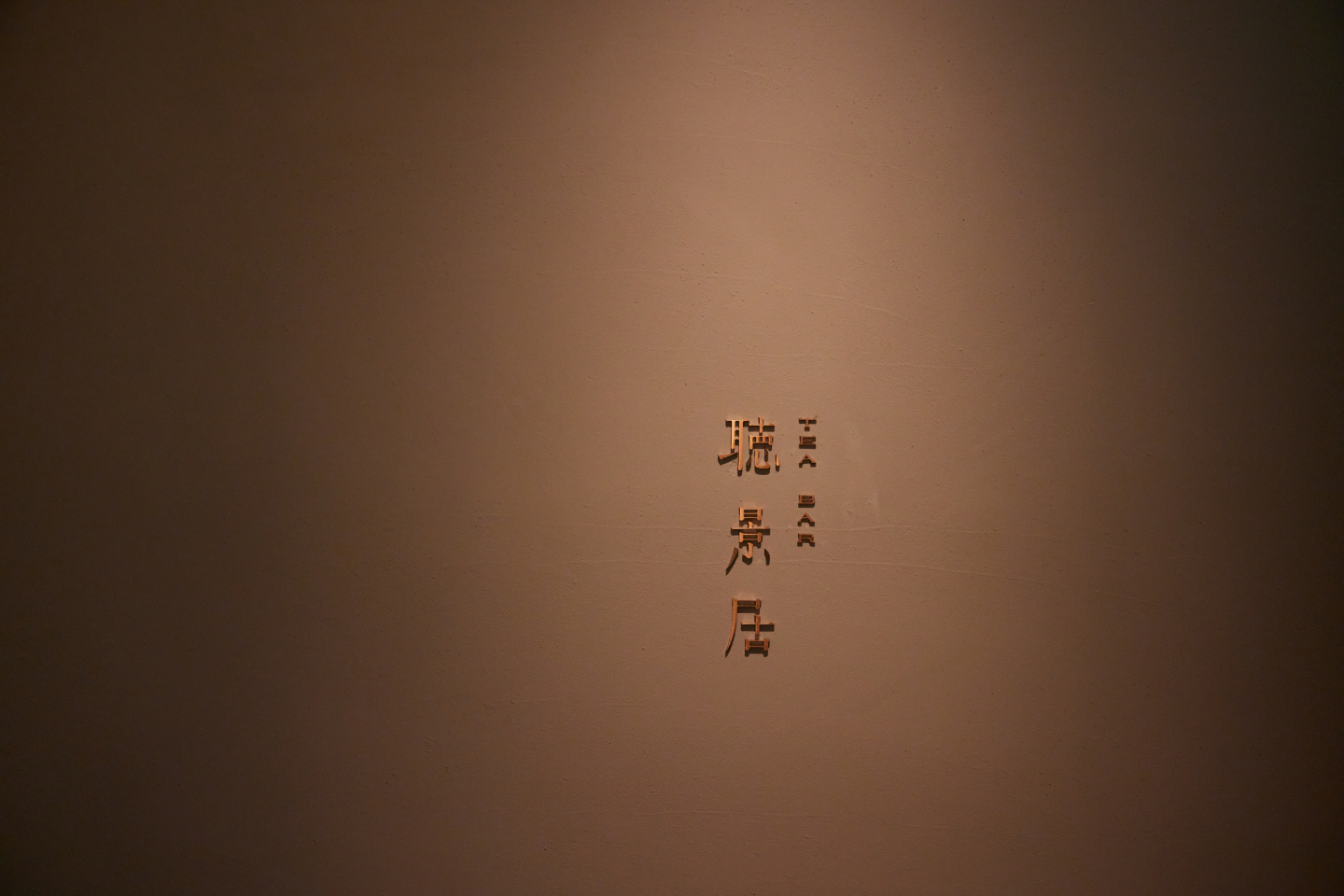
There are so many different teas available that it’s impossible to try them all in a single visit, including a “tea” featuring tamaryokucha (coiled-green-tea) that is mixed in a glass with fresh mint leaves, coriander, and sage. As the seasons begin to change, this shop is definitely worth paying a visit to experience its wonderful tea journey for yourself.
In the second half of this feature, we’ll speak about Chokeikyo’s origins with Shinichiro Nakahara and also tea master Shinya Sakurai, who helped set the direction for the tea bar.
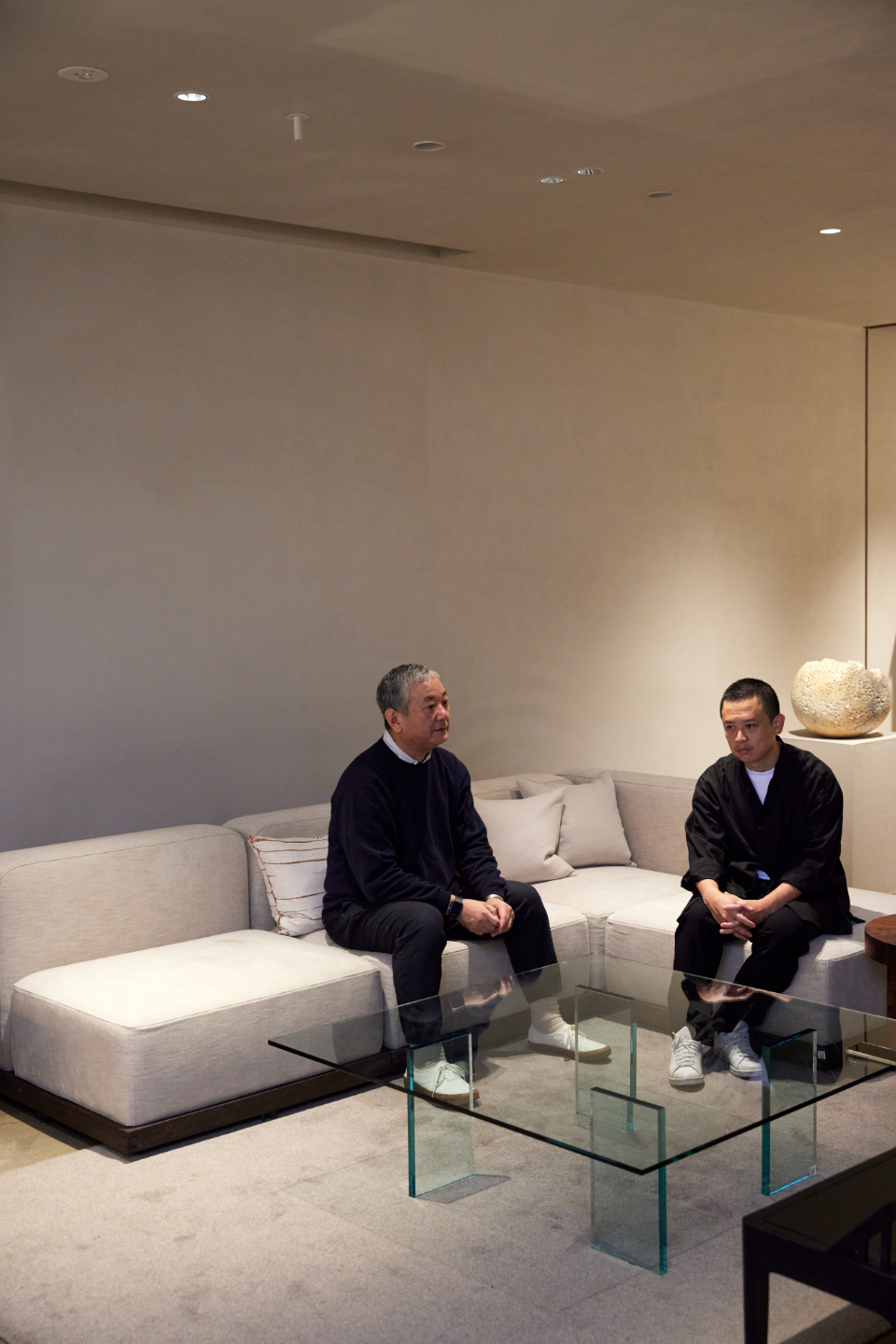
Shinichiro Nakahara
Born in Kagoshima Prefecture. He is the president of The Conran Shop Japan. He established the design firm Landscape Products in the year 2000, which is responsible for Playmountain—a shop featuring original furniture in Tokyo’s Shibuya district—and the cafe Tas Yard, among other endeavors. He is also an interior designer with a focus on furniture and collaborates on product design for various companies. His activities tend to center on the theme of creating beautiful scenery through the art of design.
www.conranshop.jp
Shinya Sakurai
Born in Nagano Prefecture. He is the president and CEO of Sakurai Japanese Tea Experience, as well as the director of Association SABOE. After working at the Japanese restaurant Yakumo Saryo and as a manager at Higashiya, a wagashi (Japanese confectionary) shop, he set out on his own to open the Japanese tea specialty shop Sakurai Japanese Tea Experience in Tokyo’s Minami Aoyama neighborhood in 2014. He gives presentations both in Japan and overseas in order to create and pass on the traditions of tea to modern society, plan menus, and educate people on how to brew tea.
sakurai-tea.jp
Chokeikyo
HILLSIDE TERRACE Building F 1F/B1F, Sarugakucho 18−8, Shibuya, Tokyo
Hours: 12:00 p.m. – 7:00 p.m. (last order 6:00 p.m.)
Open year-round
Phone: 03-6703-6710
instagram.com/theconranshop.daikanyama (The Conran Shop, Daikanyama)
Photo by Masayuki Shimizu
Interview & Text (originally in Japanese) by Yoshiki Tatezaki
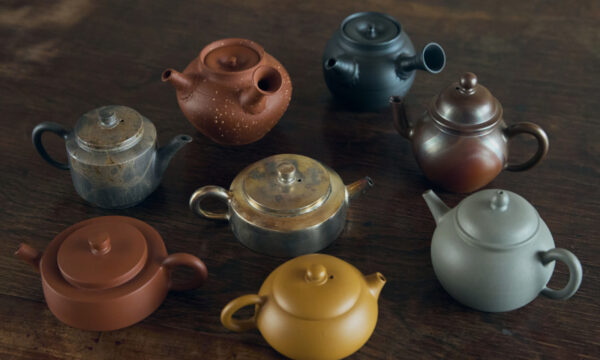
2024.05.24 Teaware ArtistsINTERVIEW
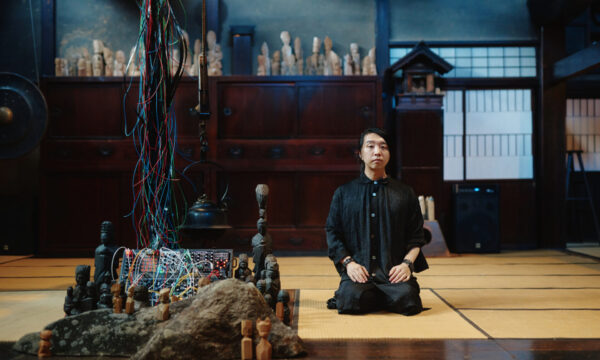
2024.10.04 CHAGOCORO TALKINTERVIEW
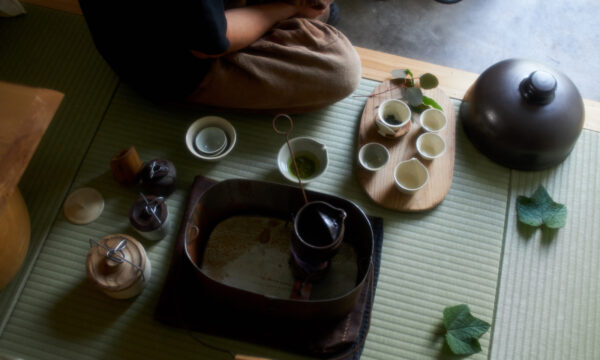
2021.07.13
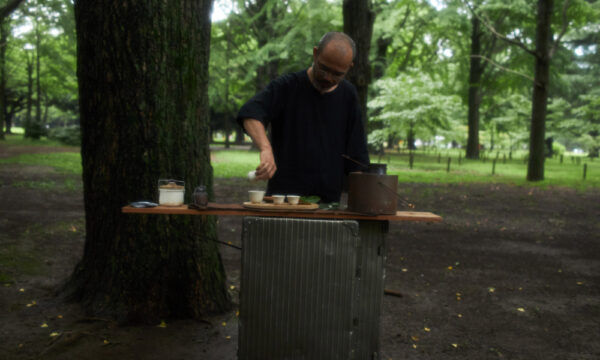
2021.07.16
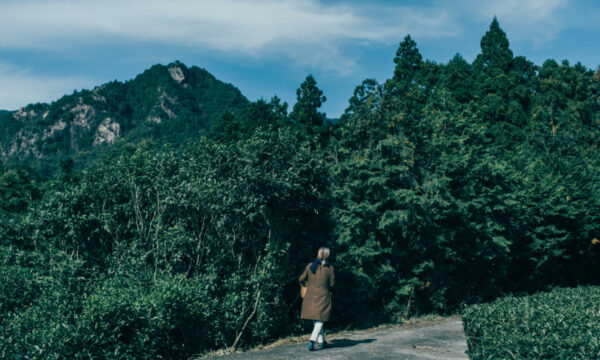
2021.11.23
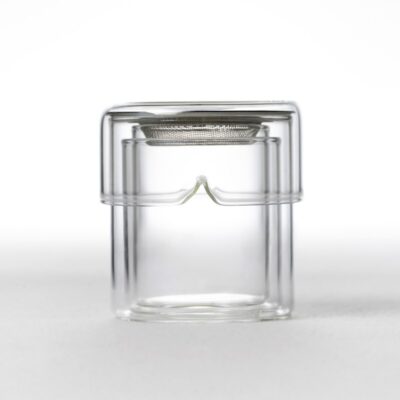
内容:フルセット(グラス3種、急須、茶漉し)
タイプ:茶器
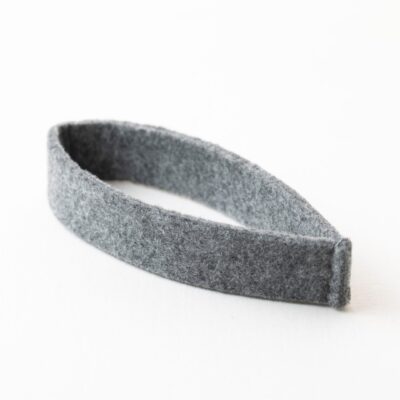
内容:スリーブ×1種(素材 ポリエステル 100%)
タイプ:カスタムツール